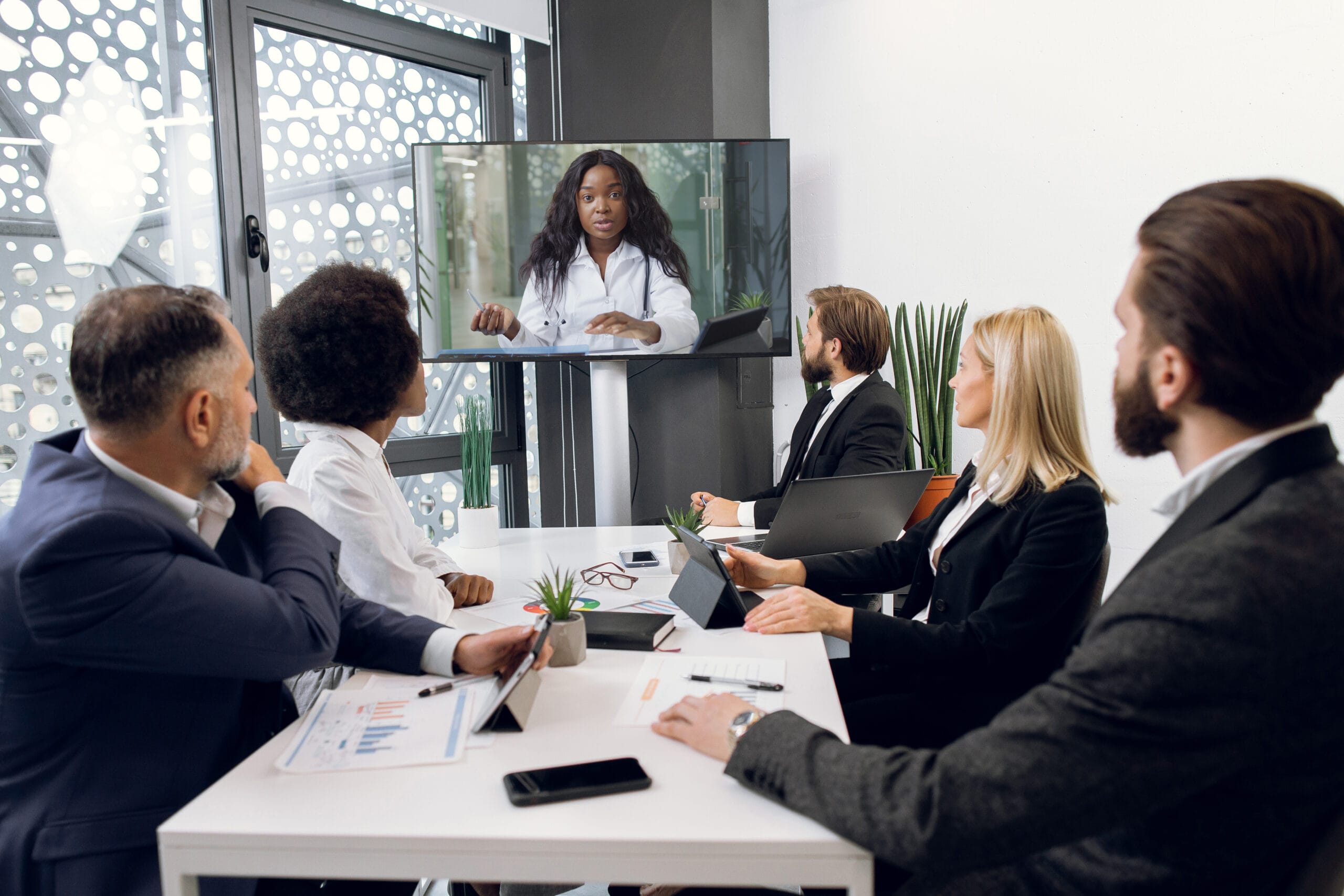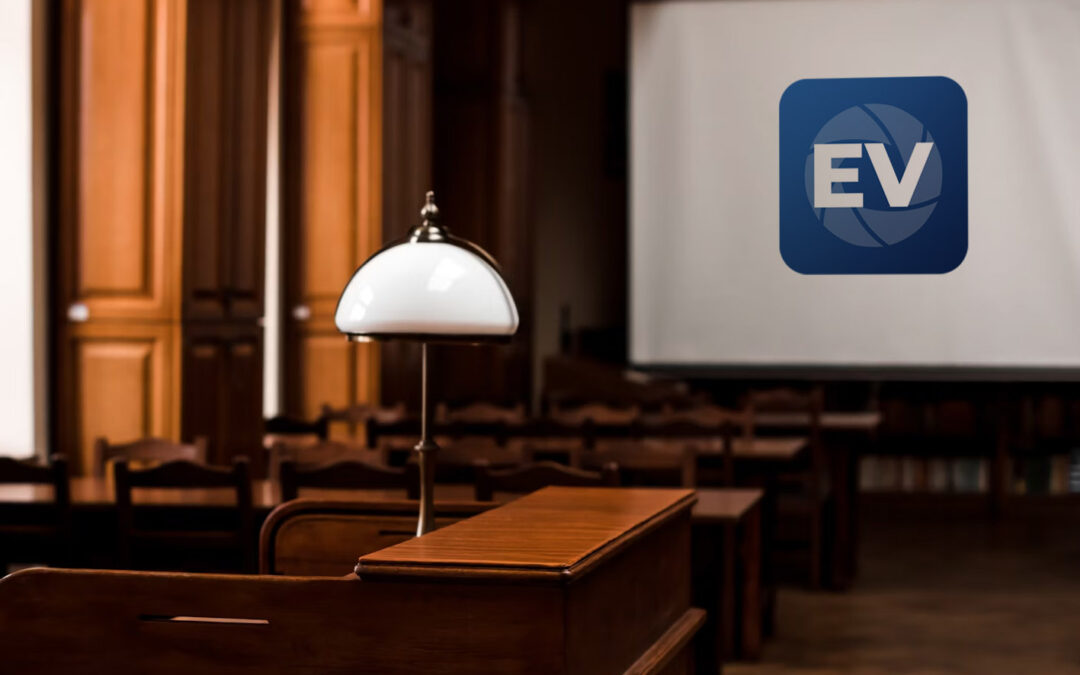Multimedia trial presentations enhance case preparation.
Multimedia trial presentations enhance case preparation.
Blog Article
How Trial Presentations Enhance Your Disagreement and Convince Jurors
Trial presentations act as a critical system for improving lawful disagreements and encouraging jurors. By integrating visual aids, narrative structures, and emotional involvement, lawyers can develop a compelling situation that resonates on multiple levels. The tactical use of visuals not only makes clear intricate info but likewise catches jurors' interest much more successfully than words alone. Nevertheless, the art of storytelling plays a just as critical duty in changing accurate evidence into an engaging narrative, forming jurors' assumptions - trial presentations. Understanding these components can dramatically influence test end results, increasing the question of how each component adds to this complex dynamic.

Importance of Visual Help
Visual aids play a vital role in boosting the performance of test presentations, as they can considerably increase target market interaction and retention of info. In the context of a trial, where jurors are tasked with handling complex information, aesthetic help offer to simplify and make clear bottom lines. Graphes, graphs, and photos can communicate data and ideas that might or else bewilder or puzzle jurors, enabling for a much more uncomplicated understanding of the proof presented.
In addition, visual aids aid in preserving juror attention throughout the process. By breaking the dullness of spoken statement, these devices can punctuate important arguments, making them a lot more memorable. Efficient visual help can also stimulate psychological actions, which can be critical in encouraging jurors to align with the speaker's story.

Crafting Compelling Stories
An engaging narrative is essential in trial discussions, as it works as the backbone of reliable persuasion. It allows lawyers to weave together truths, evidence, and emotional aspects right into a coherent story that reverberates with jurors. This narrative framework enables jurors to comprehend the intricacies of the case while assisting them via the attorney's disagreement.
To craft an engaging narrative, attorneys need to focus on clearness and comprehensibility. This entails developing a clear lead character-- commonly the customer-- and outlining their journey with the occasions in question. Presenting the truths in a sensible series enhances comprehension and preserves interaction. In addition, using vivid descriptions can develop mental images that help jurors visualize the events, making the narrative much more memorable.
Additionally, incorporating crucial motifs throughout the discussion reinforces the core message and aids in retention - trial presentations. The narrative must not best site just communicate details but also stimulate a sense of justice, highlighting the risks involved. Eventually, a sound narrative promotes a link between the jurors and the case, positioning the lawyer's disagreement as both reliable and compelling, thereby boosting the probability of a beneficial verdict

Involving the Jury Psychologically
Efficient court interaction pivots on the attorney's capability to attach with jurors on a psychological level. This connection can dramatically impact jurors' understandings and their ultimate decision-making.
Visual help, such as photographs or video clips, can further improve psychological involvement, offering jurors with brilliant depictions of the case's human elements. Crafting a narrative that highlights the struggles and accomplishments of the individuals included makes certain that jurors see beyond the legal disagreements and identify the human consequences of their decisions.
In addition, tone and body language play a crucial function in conveying feeling. A lawyer's enthusiastic distribution can resonate with jurors, reinforcing their emotional investment in the situation. It's important to stabilize sob stories with factual evidence, guaranteeing that jurors feel obliged to act while staying grounded in the fact. Inevitably, an emotionally involved court is most likely to be encouraged, making psychological link a crucial part of efficient test presentations.
Structuring Your Discussion

The body of the discussion must be rationally segmented right into key points, each supported by engaging proof. It is valuable to utilize narration methods to weave facts right into a narrative that jurors can easily comply with. Visual aids, such as graphes and videos, can improve comprehension and interaction, helping to highlight vital pieces of proof.
Real-World Study
Taking a look at real-world situation research studies gives very useful insights right into the art of trial presentations and persuasion. The site case of "O.J. Simpson article v. The People of The golden state" highlights how visual aids and compelling narratives can guide court assumptions. The defense group properly utilized a strategy that integrated top-level specialist testaments with multimedia discussions, which mesmerized jurors and inevitably influenced their decision.
An this hyperlink additional noteworthy instance is the "McDonald's Coffee Case," where the complainant's lawyers used graphic photos of the injuries sustained by Stella Liebeck. trial presentations. This plain aesthetic proof played an important duty in conveying the seriousness of her burns, leading to a substantial jury award. Such cases demonstrate that impactful test presentations typically depend upon the effective integration of visuals and narration to stimulate psychological responses from jurors
Moreover, the "Casey Anthony Trial" highlighted the significance of narrative comprehensibility and credibility. The prosecution's failure to develop a compelling timeline reduced their convincing power, underscoring the need of a well-structured presentation. Assessing these situations discloses that effective test discussions need critical preparation, psychological engagement, and the ability to reverberate with jurors' worths and ideas.
Conclusion
Test presentations considerably enhance disagreements and convince jurors via the critical use aesthetic aids, compelling narratives, and emotional engagement. By simplifying intricate details and cultivating links with the target market, these components create an unforgettable and impactful experience. A well-structured discussion equilibriums sob stories with valid evidence, inevitably reverberating with jurors' values. The combination of these methods not only affects decision-making yet likewise emphasizes the significance of reliable interaction in the court room.
Report this page